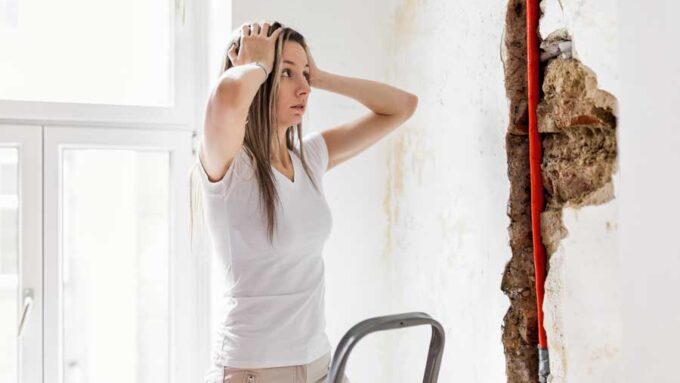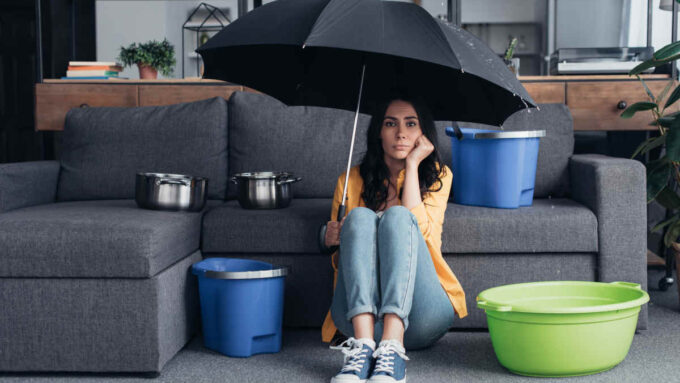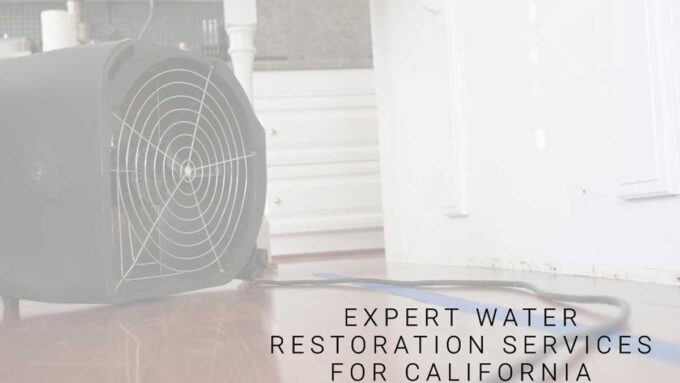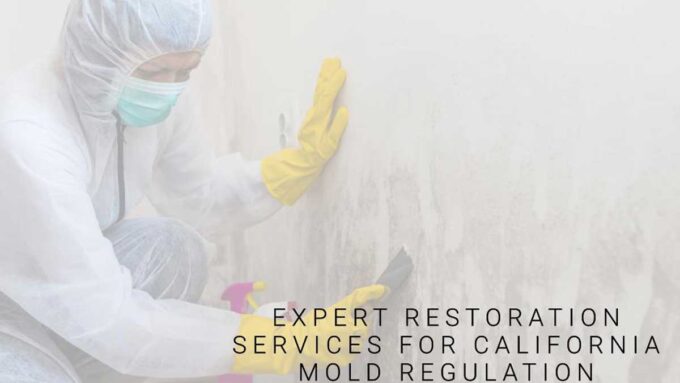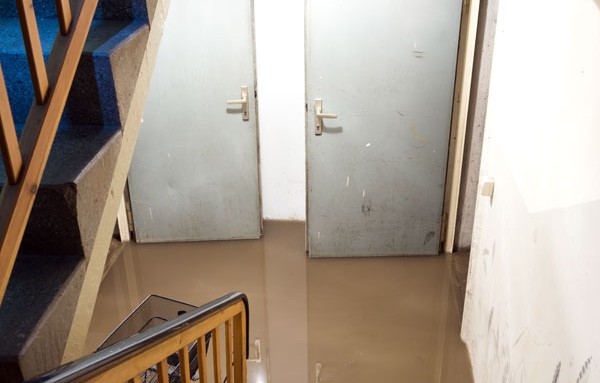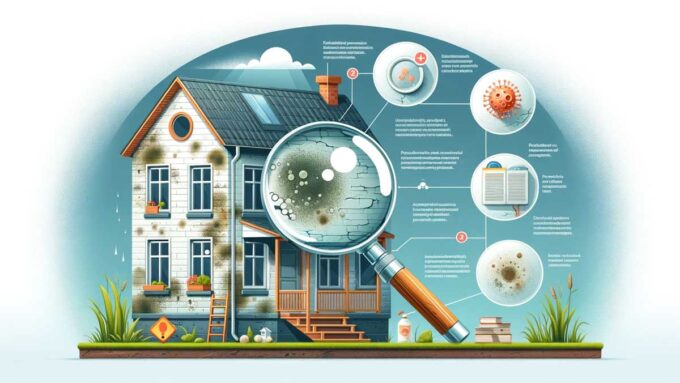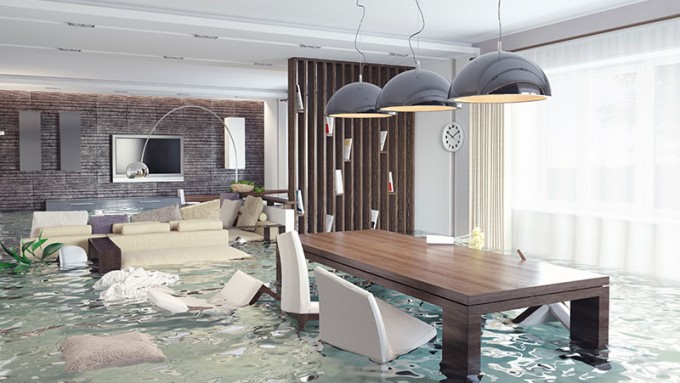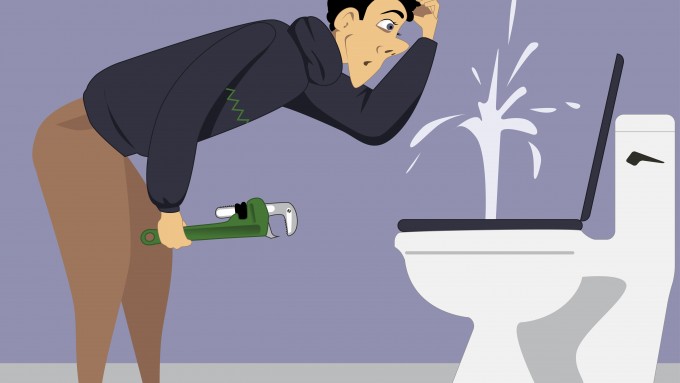Mildew and mold can easily creep into an individual’s home or place of work and wreak havoc on the health of anyone that is regularly in proximity. Sometimes mold is difficult to detect because it may be hiding behind the wall, underneath the carpet, or in unique places you never thought to look. A moldy situation can be caused by a slow leak, a burst pipe, humid and damp conditions, or a flood. Basically any area with water damage that has been sitting for around 24 hours can start growing mold; and that mold can have damaging effects to not only what you own, but to your overall health.
According to the CDC, mold is found both indoors and outdoors. Mold can enter your home through open doorways, windows, vents, and heating and air conditioning systems. Mold in the air outside can also attach itself to clothing, shoes, and pets can and be carried indoors.
Symptoms of an allergic reaction to mold can be similar to a reaction to other things. Of course, if you are aware that you have a mold problem and begin to exhibit a reaction, then it is fair to say that you need to A) get the mold cleaned up and fix the problem and B) possibly see a doctor about the reaction if it does not go away. You may even need to stay somewhere else or work in a different space until the mold is cleaned and the area restored.
Common Symptoms of a Mold Reaction
Mold spores are too tiny to be seen by the naked eye, and these are what grow and multiply—then spread around—from water damage or continuously damp spaces. Before you know it, they are in your nose, on your skin, and in your lungs, taking you as their host.
The experts at the Mayo Clinic explain the non-life threatening signs and symptoms of an allergic reaction to mold:
- Sneezing
- Runny or stuffy nose
- Cough and postnasal drip
- Itchy eyes, nose and throat
- Watery eyes
- Dry, scaly skin
As stated above, mold spores can get into the lungs of individuals and cause a different type of allergic reaction:
- Coughing
- Wheezing
- Shortness of breath
- Chest tightness
Unfortunately, some people have more serious side effects to encountering mold. Mold toxicity is a very serious condition that occurs in about 25% of cases in those who are exposed to mold. According to Psychology Today, “Mold allergies and mold toxicity are not the same illness. Mold allergies are due to mold spores that are inhaled and cause hay fever like symptoms. This is different than toxic mold, which is due to the volatile toxic vapors produced by mold that can cause a chronic inflammatory response, (CIRS), an auto-immune reaction caused by poor clearance of biotoxins in vulnerable individuals.”
Symptoms of mold toxicity include:
- Fatigue
- Weakness
- Aches
- Muscle Cramps
- Unusual Pain
- Ice Pick Pain
- Headache
- Light Sensitivity
- Red Eyes
- Blurred Vision
- Tearing
- Sinus Problems
- Cough
- Shortness of Breath
- Abdominal Pain
- Diarrhea
- Joint Pain
- Morning Stiffness
- Depression
- Anxiety
- Attentional problems
- Brain fog
- Insomnia
Regardless of the type of reaction, it would be best for individuals to contact their doctor as soon as possible as well as get a professional to the home or workplace in order to assess the mold situation.
Has your home recently suffered from water damage or an infestation of mold due to excess moisture? Do you need help from a restoration specialist to determine if you have a mold problem? Don’t worry—Restoration Certified Specialists, Inc. will take care of you! They have been proudly serving the Santa Rosa and North Bay areas since 1975.


